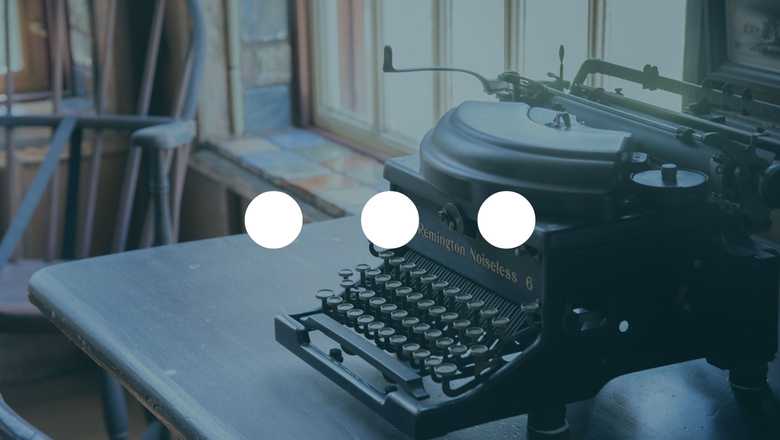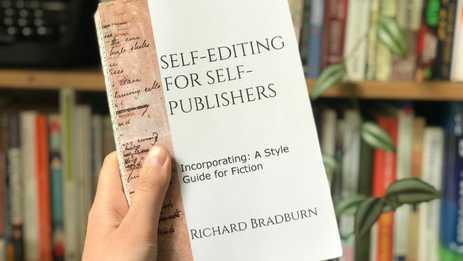I’ve been asked this question a couple of times recently, so I thought I’d clear things up!
Does an ellipsis have a space between each dot (. . .) or should all the dots be together (…)? The short answer? Either is fine.
The ellipsis with a space between the dots is the format favoured by The Chicago Manual of Style, which says:
They [the dots] must always appear together on the same line (through the use of nonbreaking spaces,* available in most software applications), along with any following punctuation; if an ellipsis appears at the beginning of a line, any preceding punctuation (including a period) will appear at the end of the line above. If they prefer, authors may prepare their manuscripts using the single-glyph three-dot ellipsis character on their word processors (Unicode 2026), usually with a space on either side; editors following Chicago style will replace these with spaced periods.
Chicago Manual of Style, 16th edition, 13.48.
*You can create a non-breaking space in Word with control + shift + spacebar. (Different versions of Word may vary.) You’ll be able to tell you’ve created a non-breaking space if you toggle on the ‘Show all non-printing characters’ button, which is represented by a pilcrow (¶) – the markup will look different.
The single character ellipsis has a stronger presence in New Hart’s Rules, which says:
An ellipsis (plural ellipses) is a series of points (…) signalling that words have been omitted from quoted matter, or that part of a text is missing or illegible […] They can be set as a single character […] and many word processors will autocorrect three dots into a single glyph.
New Hart’s Rules, 2nd edition, 4.7
So both are correct!
Should there be a space before and after the ellipsis, though … like this? Or should there be no space…like this? Again, it’s a style decision. Either is fine, as long as you’re consistent. Personally, I think the spaced version is more readable, especially with the single-glyph ellipsis, so that’s the one I recommend.
Keep in mind, too, that it’s important the dots always appear on the same line, so make sure you’re either using a single glyph or non-breaking spaces. Most importantly, consistency is key – always use the same style throughout your manuscript!





